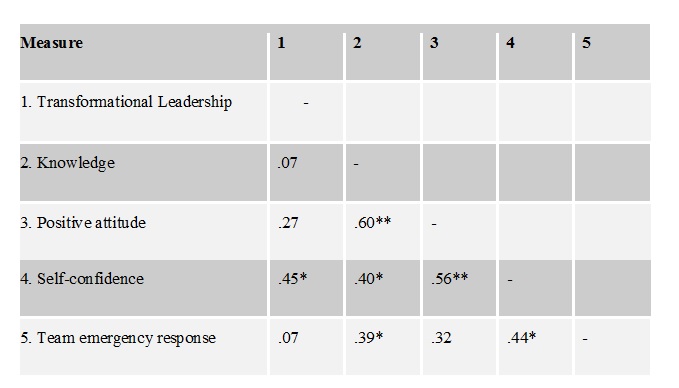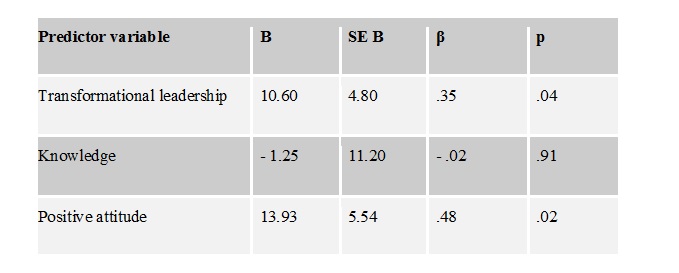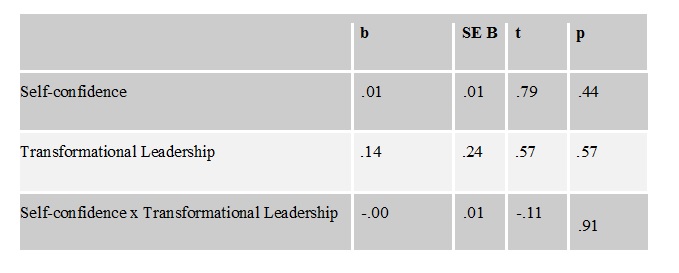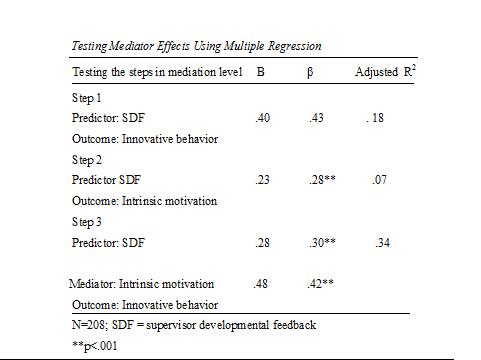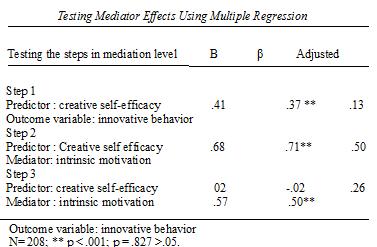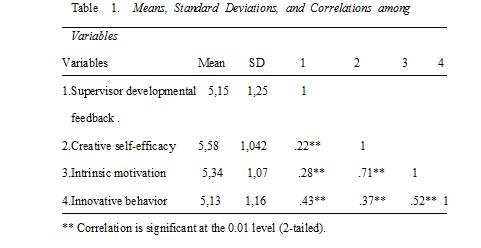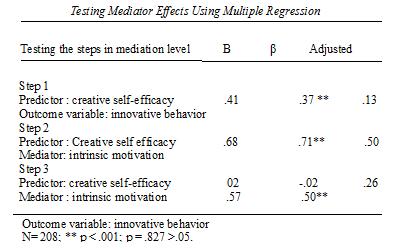Adulti emergenti e influenza dei social netowrks
Una nuova fase di sviluppo, gli adulti emergenti

Foto di Shahid Abdullah da Pixabay
Il cambiamento socio-culturale degli ultimi vent’anni ha provocato mutamenti profondi in ogni sfera di vita. La globalizzazione, nei paesi industrializzati, ha fatto sì che i ragazzi nati nell’ultima decade degli anni ‘90 crescessero in un contesto storico-culturale notevolmente diverso rispetto a quello dei loro genitori. La globalizzazione ha portato con sé l’avvento della cosiddetta era digitale favorita dall’insediamento di Internet in ogni attività quotidiana. Parallelamente, i progressi nel campo dell’alimentazione e della salute hanno garantito un’aspettativa di vita maggiore in cui la formazione dei giovani, preliminare all’ingresso nel mondo del lavoro diventa sempre più lunga e specializzata. In risposta, l’assunzione dei ruoli cosiddetti “adulti” come il matrimonio e la ricerca di un lavoro a tempo pieno, è slittata in avanti concretizzandosi verso le fine dei vent’anni. Difronte a questo cambiamento epocale, lo psicologo americano Jeffrey Jensen Arnett (2000), ha teorizzato l’esistenza di un nuovo periodo di sviluppo l’Emerging Adulthood. Gli emerging adults vengono definiti come quella categoria di individui che dopo aver lasciato la fase di “dipendenza” dell’infanzia e dell’adolescenza, ma allo stesso non essendo ancora indipendenti a livello economico e prossimi alle responsabilità normative dell’età adulta, esplorano una varietà di possibili direzioni di vita in amore, nel lavoro e nella visione del mondo. Questo stadio di sviluppo è concettualizzato come “l’età delle esplorazioni d’identità, l’età dell’instabilità, l’età focalizzata sul sé, l’età del sentirsi nel mezzo tra l’età delle possibilità” (Arnett, 2014). L’età adulta emergente è caratterizzata dalla percezione di non essere più adolescenti, ma allo stesso tempo non ancora adulti poiché, in molti casi, non si è finanziariamente indipendenti dalle famiglie (Arnett, 2000). Diviene, quindi, necessario valutare questo periodo di vita come uno stadio a sé stante, differente dagli stadi di sviluppo tradizionali presenti nell’immaginario comune. Questa fase della vita è caratterizzata da molti cambiamenti e scelte da effettuare, come ad esempio lasciare il liceo, andare all’università, formarsi nuove relazioni stabili, lottare contro la disoccupazione, cercare un nuovo lavoro, uscire di casa, pianificare di fare una famiglia, ecc. La persona deve trovare il proprio “ spazio nel mondo” e per riuscirci passa attraverso delusioni e fallimenti. Arnett (2000, 2001) ha identificato tre ulteriori fattori che sono peculiari per lo stadio di sviluppo in questione, che lo differenziano dall’adolescenza e dall’età adulta:
- il numero di spostamenti e modifiche residenziali (Goldscheider, 1997);
- l’esplorazione di identità;
- una maggiore probabilità di impegnarsi in “comportamenti a rischio”.
L’emerging adulthood è caratterizzata dalle fasce d’età comprese tra i 18 e i 24 anni (earlier) e tra i 25 e i 30 (older) ed è culturalmente e socialmente determinato: sarebbe tipico della società industriale occidentale, in cui istruzione e formazione sono costituiti quasi normativamente dalle varie fasi che coinvolgono, tra le altre cose, la possibilità di provare numerosi corsi di formazione e di rinviare le responsabilità tipiche dell’età adulta. Gli emerging adults affrontano transizioni di vita (passaggio da un stadio all’altro) determinanti, come quelle dalla scuola superiore all’università o, più avanti, dall’università al lavoro e questo può essere motivo di forti turbamenti. Le società industriali occidentali hanno permesso un utilizzo diffuso degli strumenti di Internet per semplificare la vita delle persone e velocizzarne i processi. Risulta interessante indagare come effettivamente la Rete è in grado di supportare gli emerging adults nelle loro attività e quali sono i fattori che permettono all’utente di godere delle sue risorse o al contrario di sviluppare un processo di strumentalità inversa.
© Emerging adults ed utilizzo di Internet: organo funzionale o strumentalità inversa? – Andrea Pivetti











